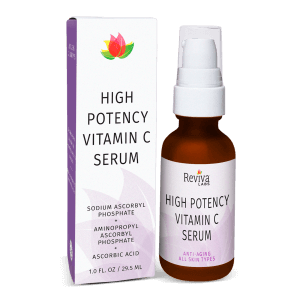Glyceryl stearate is a lipid used as surfactant and emulsifying agent. It is typically a common white, waxy, and thick material that helps to allow water and oil to blend together. It gives body to lotions and creams, and leaves the skin feeling soft and supple.
It is referred to as stearic acid. In a chemical sense, it is the binding of a glycerin particle to this particular fatty acid. It can be produced from the majority of vegetable oils (in oils, three fatty acid particles become linked to glycerin, not just one like here) through a straightforward and eco-friendly procedure that is comparable to soap making. Moreover, it is easily biodegradable.
Glycerol monostearate, commonly known as GMS, is a monoglyceride commonly used as an emulsifier in foods. It takes the form of a white, odorless, and sweet-tasting flaky powder that is hygroscopic. Chemically it is the glycerol ester of stearic acid It is also used as hydration powder in exercise formulas
1-glycerol monostearate (1-isomer)
| |
2-glycerol monostearate (2-isomer)
| |
 3D model (1-isomer)
| |
| Names | |
|---|---|
| IUPAC name
2,3-Dihydroxypropyl octadecanoate
| |
| Other names
Glyceryl monostearate
Glycerin monostearate Monostearin GMS | |
| Identifiers | |
| |
| |
3D model (JSmol)
|
|
| Abbreviations | GMS |
| ChEMBL |
|
| ChemSpider |
|
| ECHA InfoCard | 100.004.242 |
| KEGG |
|
PubChem CID
|
|
| UNII |
|
CompTox Dashboard (EPA)
|
|
| |
| |
| Properties | |
| C21H42O4 | |
| Molar mass | 358.563 g·mol−1 |
| Appearance | White solid |
| Density | 1.03 g/cm3 |
| Melting point | (Mix) 57–65 °C (135–149 °F) (1-) 81 °C (178 °F) |
| Insoluble | |
| Hazards | |
| NFPA 704 (fire diamond) | |
| Flash point | 230 °C (446 °F) (open cup) |
Except where otherwise noted, data are given for materials in their standard state (at 25 °C [77 °F], 100 kPa).
| |










